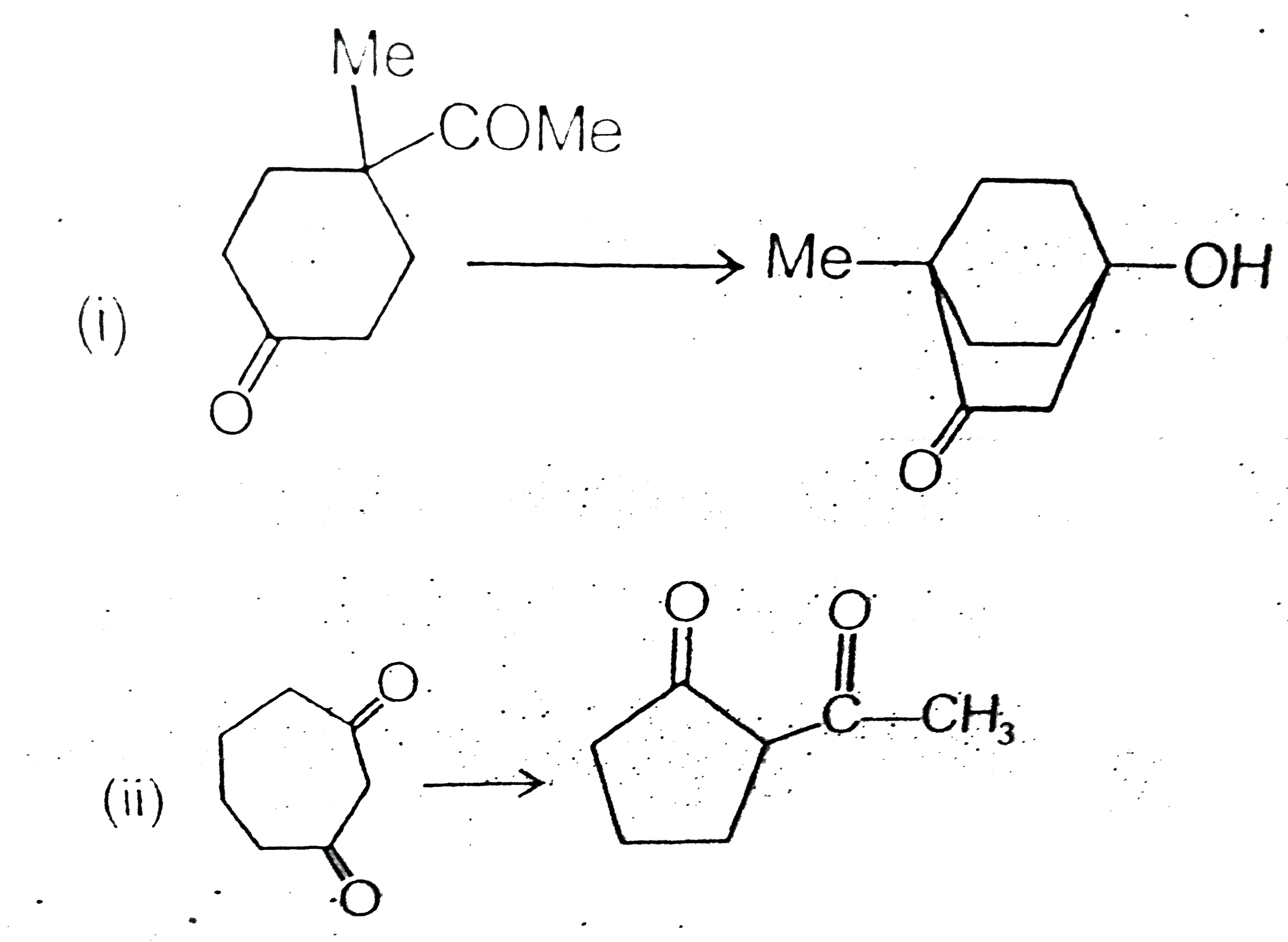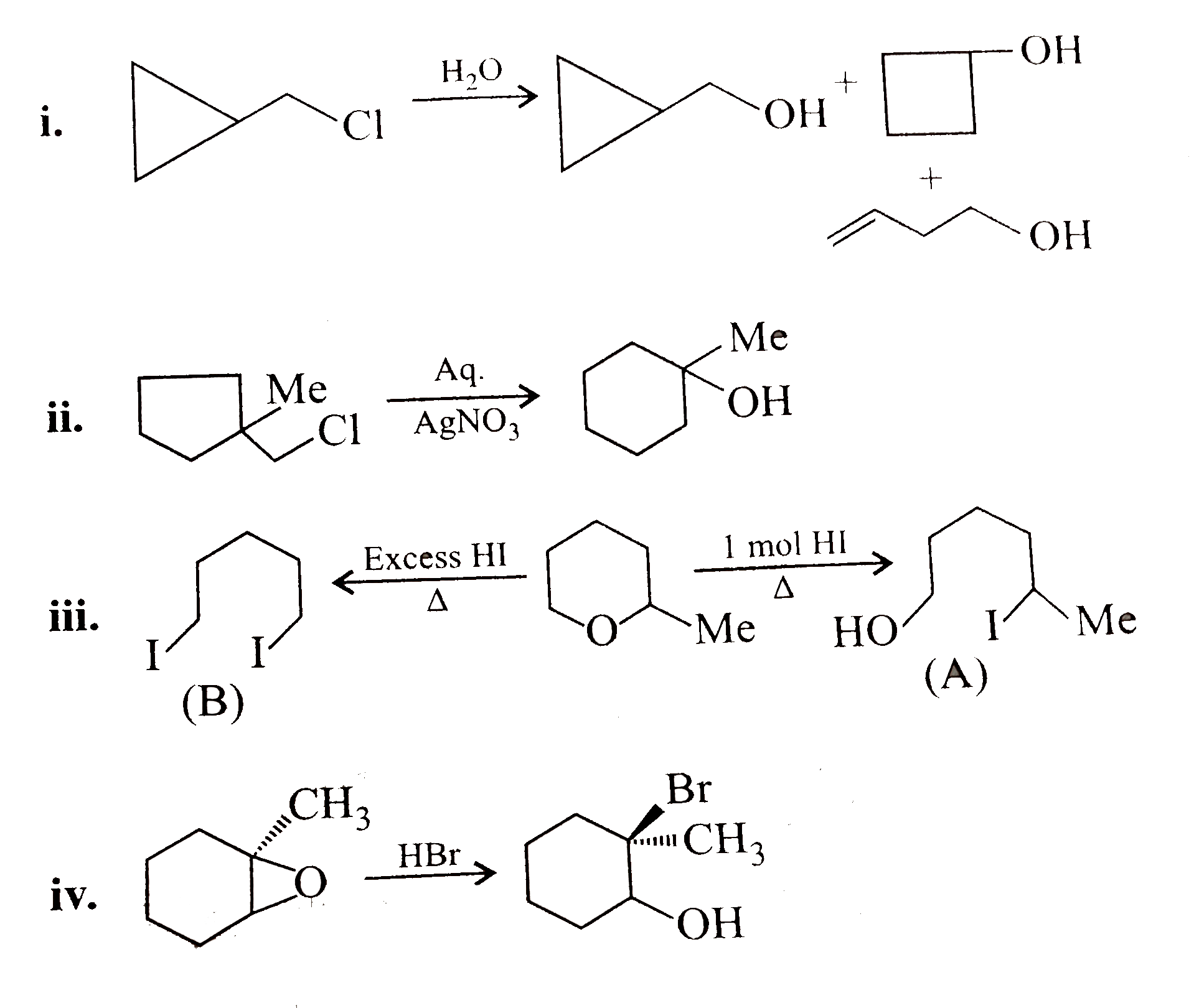Suggest suitable mechanism(s) for waste management in fertiliser industries.
Step-by-Step Solution for Waste Management in Fertilizer Industries
1. Identify the Sources of Waste:
- The fertilizer industry generates two primary types of waste: exhaust gases and effluent (untreated wastewater). Understanding these sources is crucial for effective waste management.
2. Addressing Exhaust Gases:
- High-Temperature Treatment: One effective mechanism for managing exhaust gases is to expose them to very high temperatures. This process helps oxidize harmful gases, rendering them less harmful before they are released into the atmosphere.
- Adsorption Method: To further reduce toxic gases and vapors from the exhaust, an adsorption process can be employed. This involves using a solid material with a large surface area that can absorb these harmful substances, effectively cleaning the exhaust before it is emitted.
3. Managing Effluent:
- Minimization at Source: The first step in effluent management is to minimize the quantity of wastewater generated at the point of production. Reducing waste at the source makes it easier to manage and treat.
- Pretreatment of Effluent: Any effluent that is generated should undergo pretreatment before being sent to municipal treatment systems. This step helps in reducing the load on municipal facilities and ensures that harmful substances are partially removed.
- Complete Treatment: Ideally, the effluent should be fully treated within the factory. This allows for the possibility of reusing the treated water within the factory or safely discharging it into nearby water bodies without causing environmental harm.
4. Implementation of Mechanisms:
- The combination of high-temperature treatment, adsorption for exhaust gases, and comprehensive effluent management strategies can significantly reduce pollution from fertilizer industries.
5. Regular Monitoring and Compliance:
- Continuous monitoring of emissions and effluent quality is essential to ensure compliance with environmental regulations and to make necessary adjustments to waste management practices.
- The fertilizer industry generates two primary types of waste: exhaust gases and effluent (untreated wastewater). Understanding these sources is crucial for effective waste management.
- High-Temperature Treatment: One effective mechanism for managing exhaust gases is to expose them to very high temperatures. This process helps oxidize harmful gases, rendering them less harmful before they are released into the atmosphere.
- Adsorption Method: To further reduce toxic gases and vapors from the exhaust, an adsorption process can be employed. This involves using a solid material with a large surface area that can absorb these harmful substances, effectively cleaning the exhaust before it is emitted.
- Minimization at Source: The first step in effluent management is to minimize the quantity of wastewater generated at the point of production. Reducing waste at the source makes it easier to manage and treat.
- Pretreatment of Effluent: Any effluent that is generated should undergo pretreatment before being sent to municipal treatment systems. This step helps in reducing the load on municipal facilities and ensures that harmful substances are partially removed.
- Complete Treatment: Ideally, the effluent should be fully treated within the factory. This allows for the possibility of reusing the treated water within the factory or safely discharging it into nearby water bodies without causing environmental harm.
- The combination of high-temperature treatment, adsorption for exhaust gases, and comprehensive effluent management strategies can significantly reduce pollution from fertilizer industries.
- Continuous monitoring of emissions and effluent quality is essential to ensure compliance with environmental regulations and to make necessary adjustments to waste management practices.
Topper's Solved these Questions
Similar Questions
Knowledge Check
- Question 1 - Select One
Suggest the suitable solvent for the reaction given below.
 AH2OBC2H5OHCHCONMe2DC6H6
AH2OBC2H5OHCHCONMe2DC6H6
Suggest the suitable reagent for the following transformation.
 View Solution
View Solution(i) Complete the following reaction and suggest a suitable mechanism for the reaction : CH3CH2OHH+,443K−−−−−−→
(ii) Why ortho-Nitrophenil is steam volatile while para-Nitrophenil is less volatile ?View SolutionSuggest a mechanism for the decomposition of ozone, O3 into O2.
View SolutionSuggest a mechanism for the decomposition of ozone, O3 into O2.
View SolutionSuggest a mechanism for the decomposition of ozone, O3 into O2.
View SolutionSuggest a suitable oxidising reagent for the following conversions:

 View Solution
View SolutionSuggest mechanisms for the following reactions which are catalyzed by strong base:
 View Solution
View Solution


 .
.